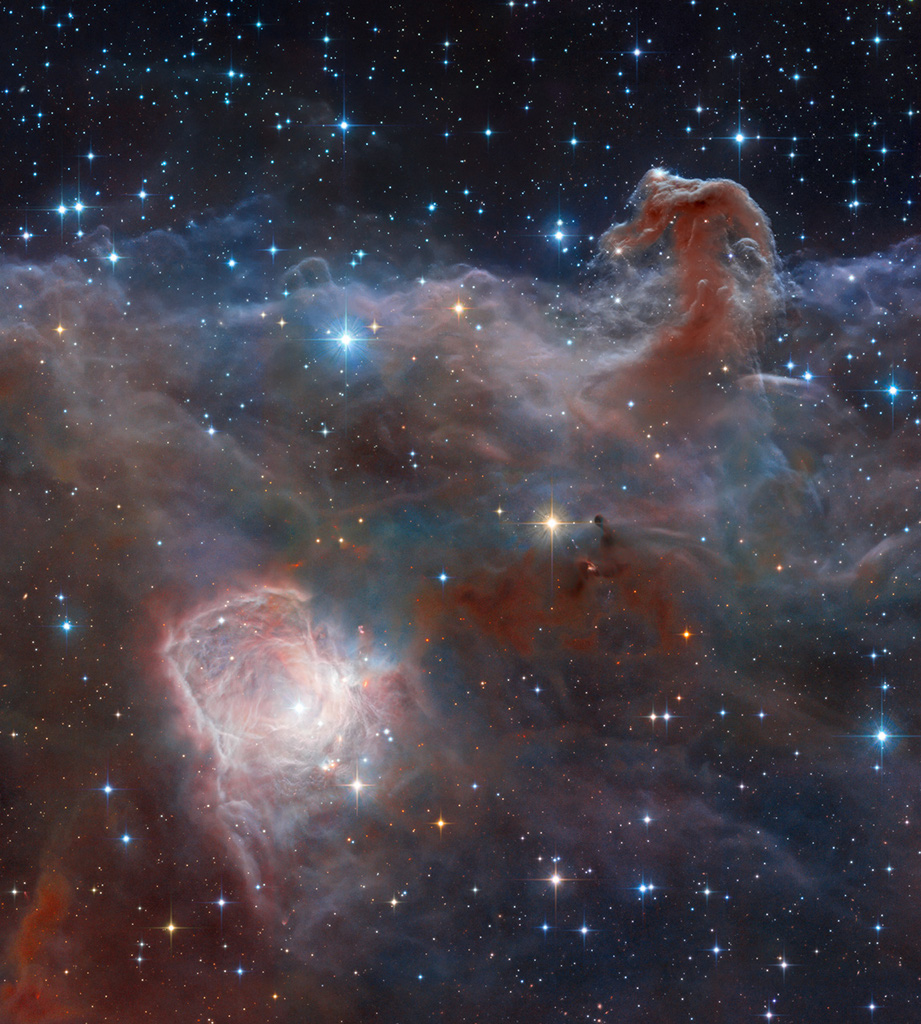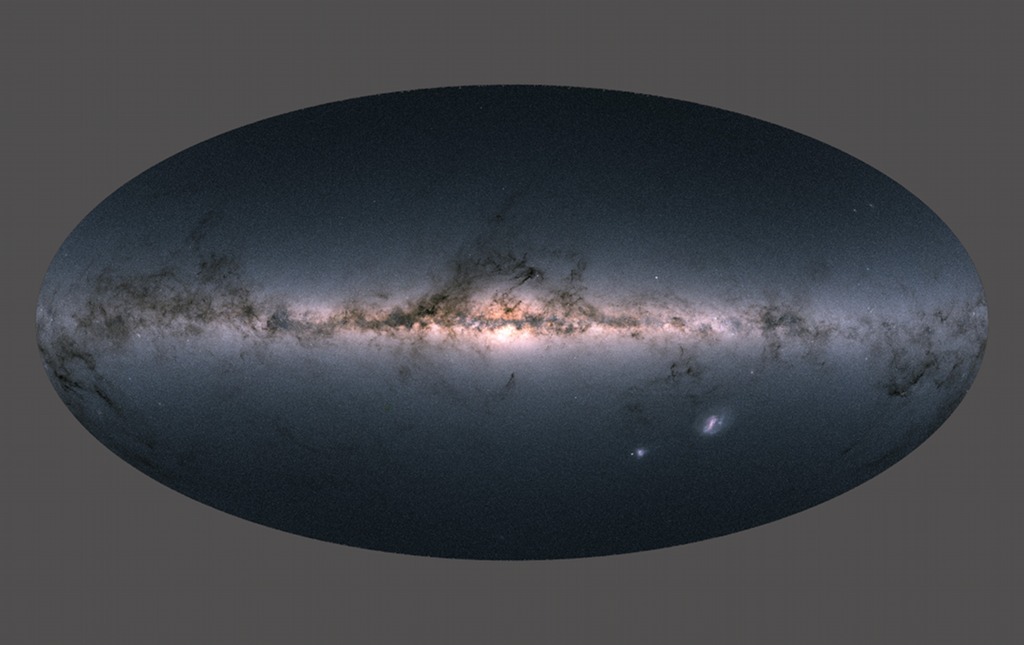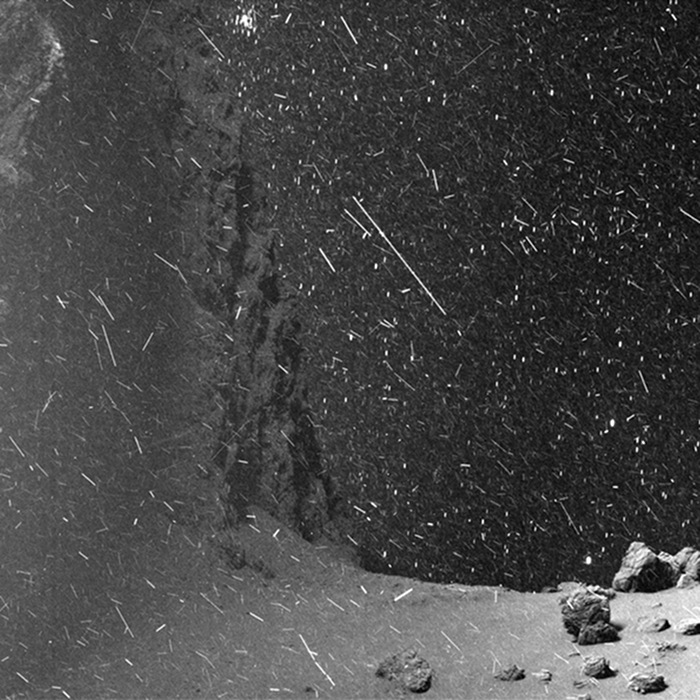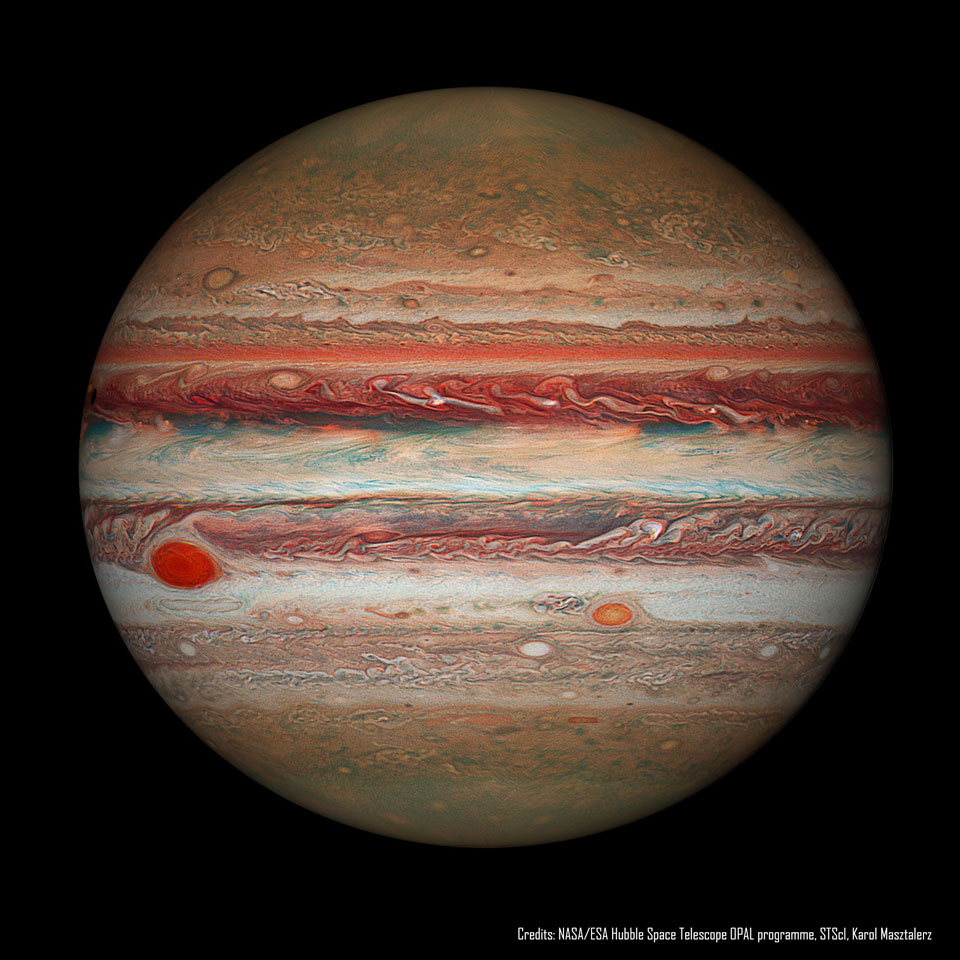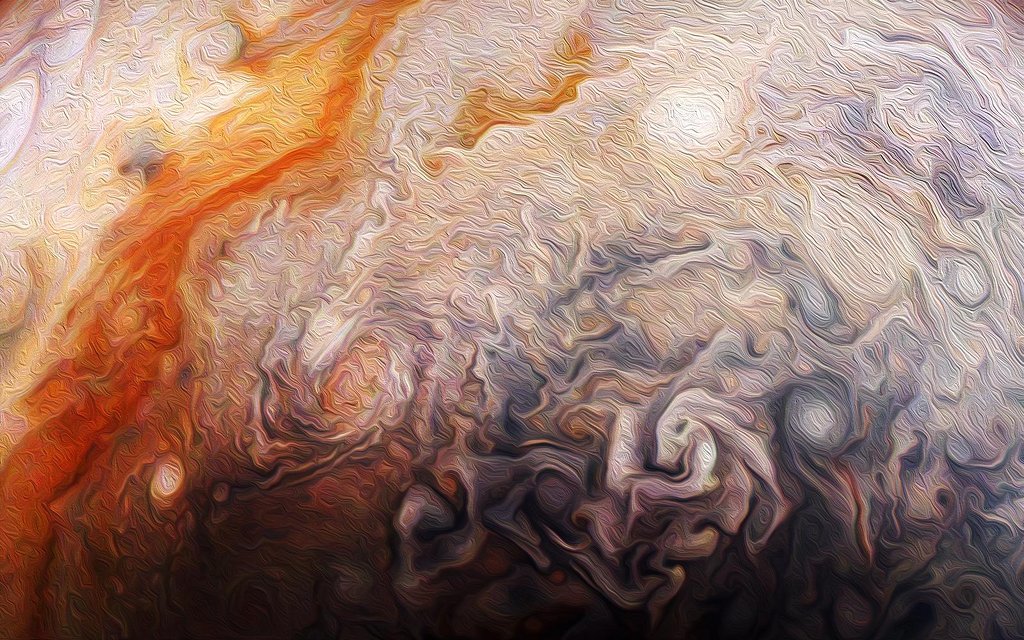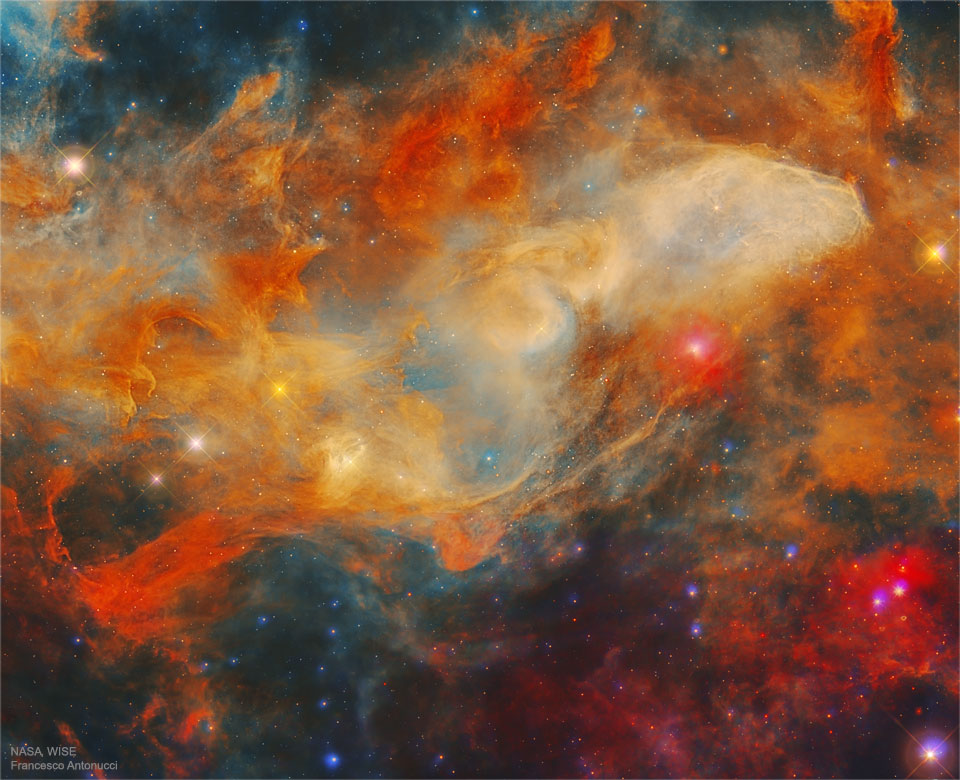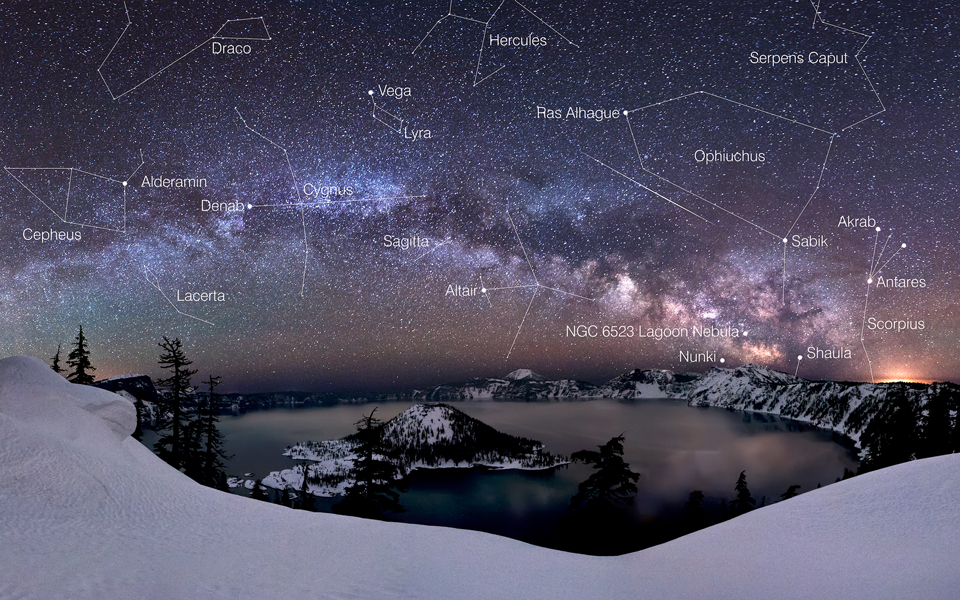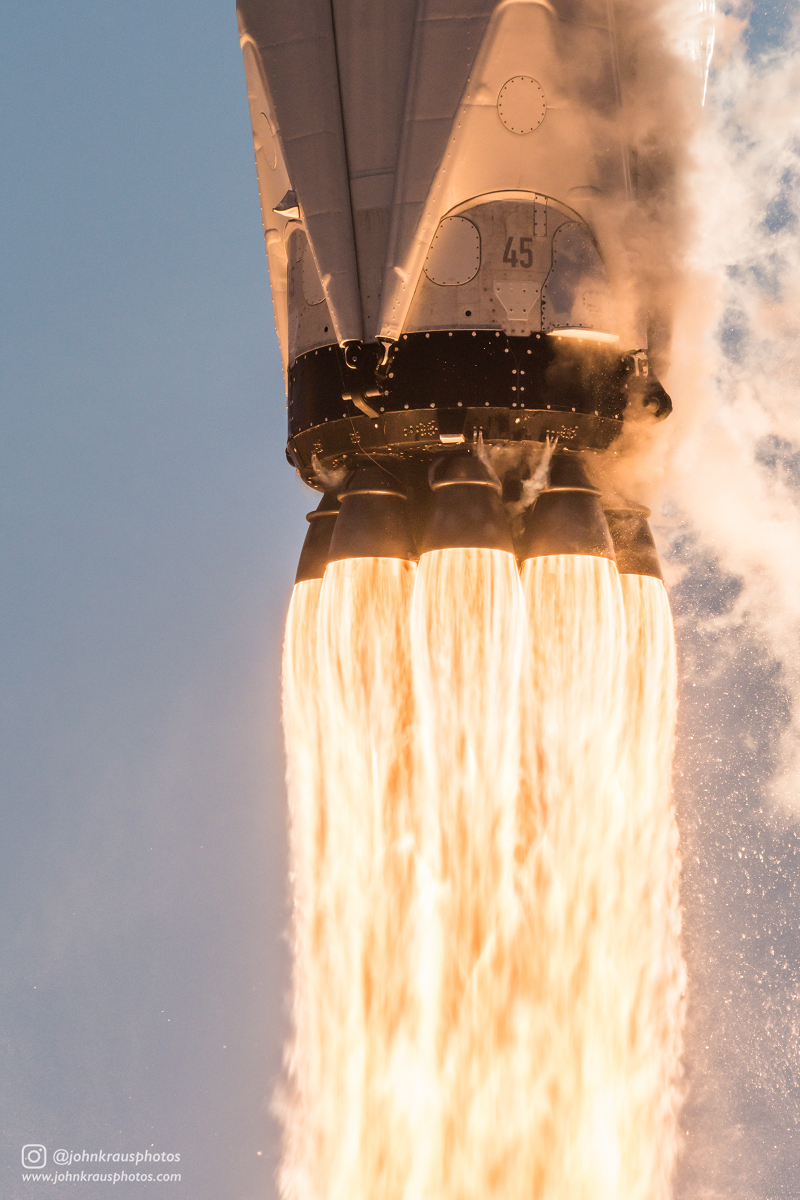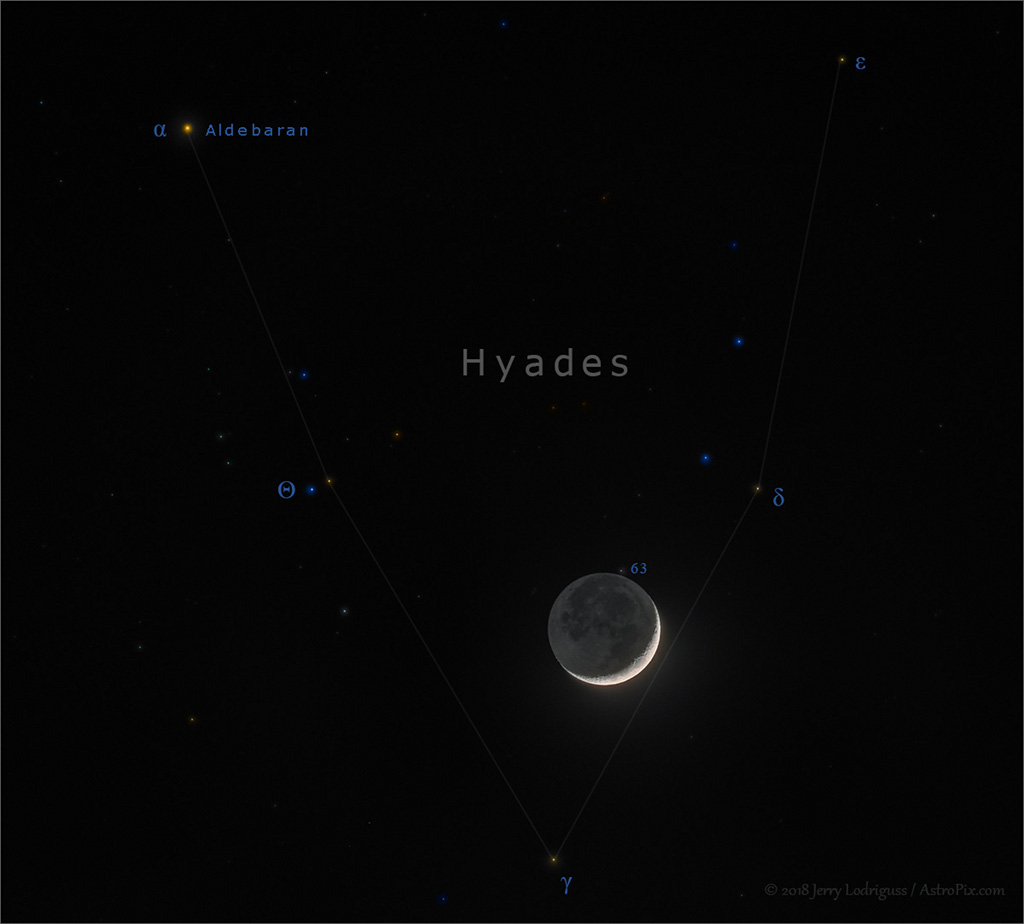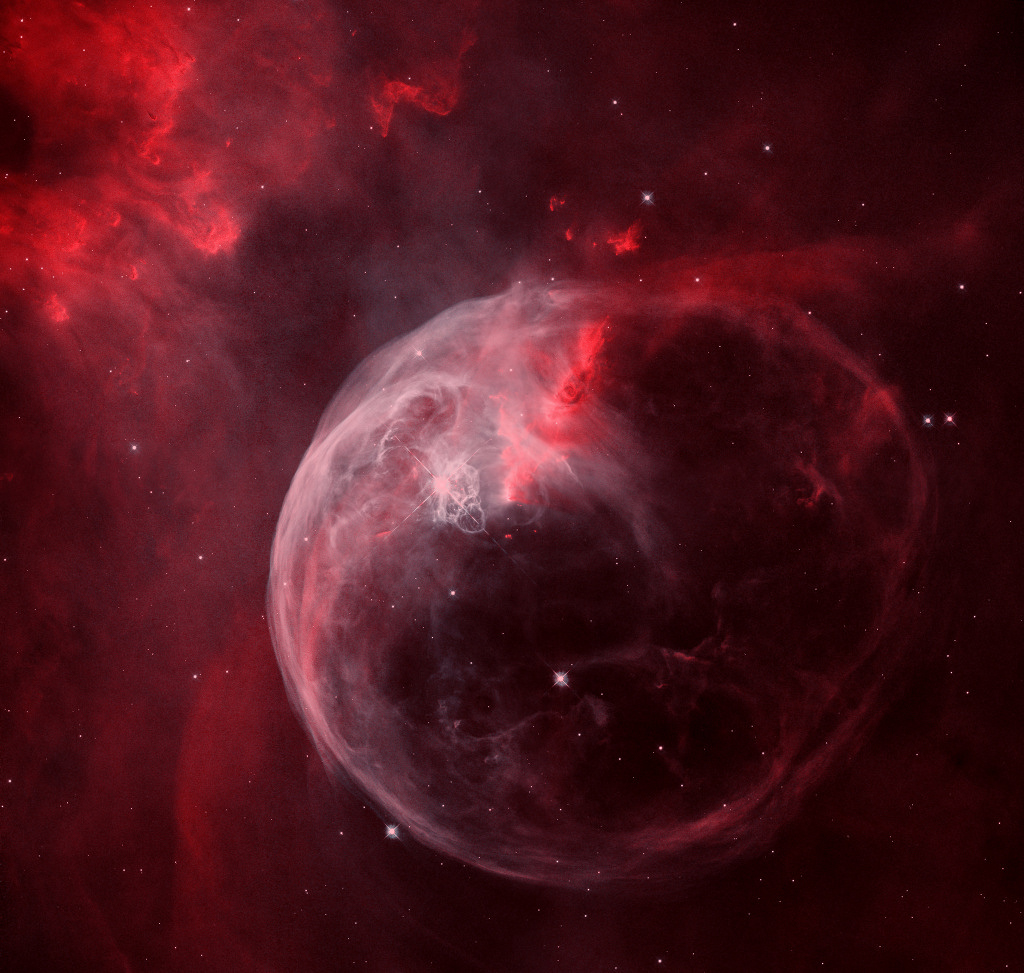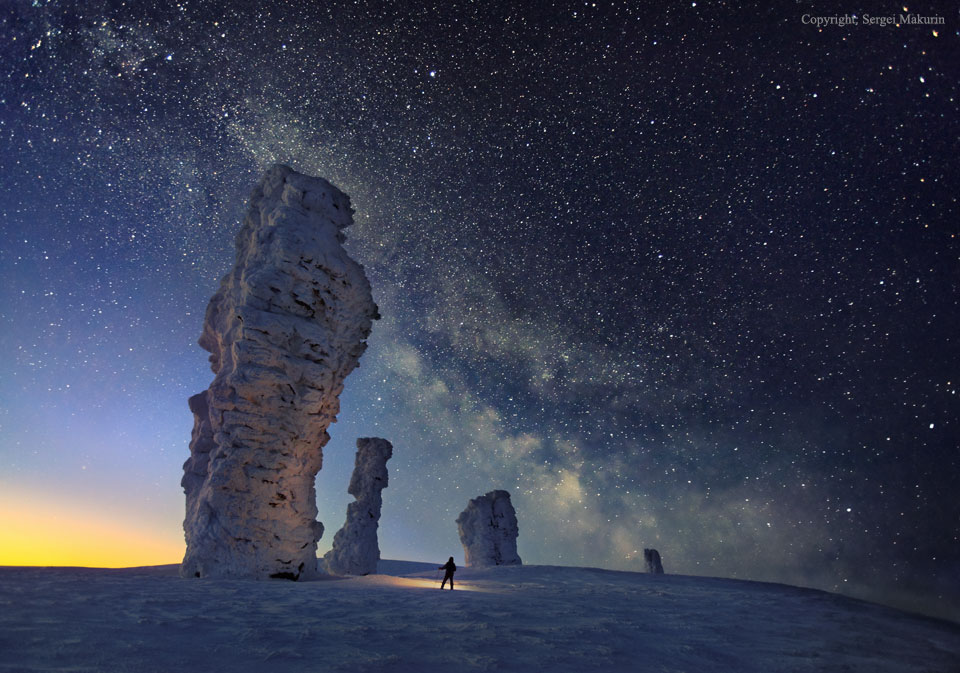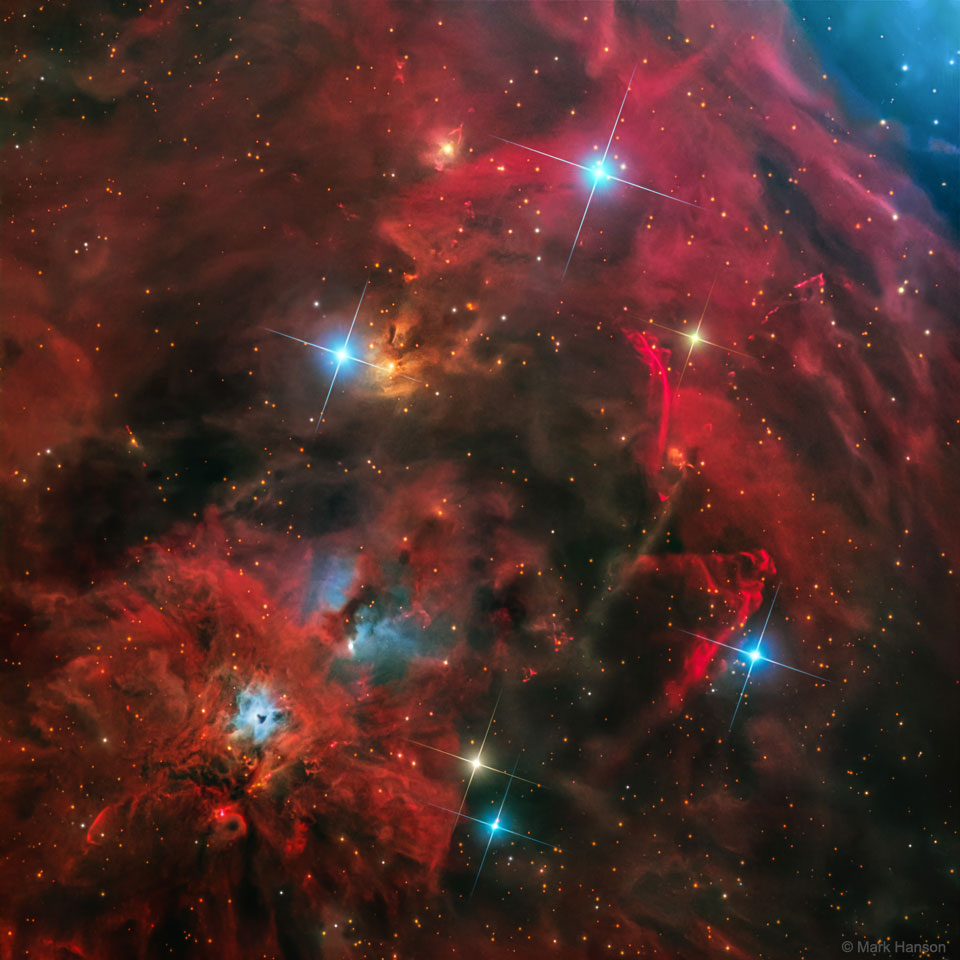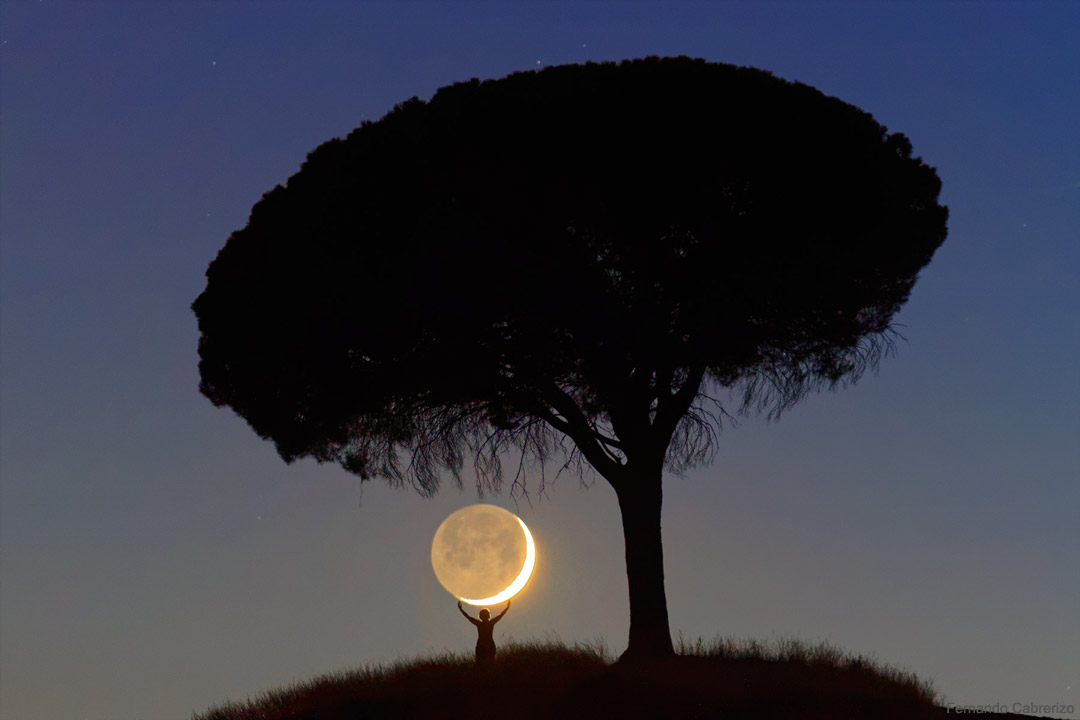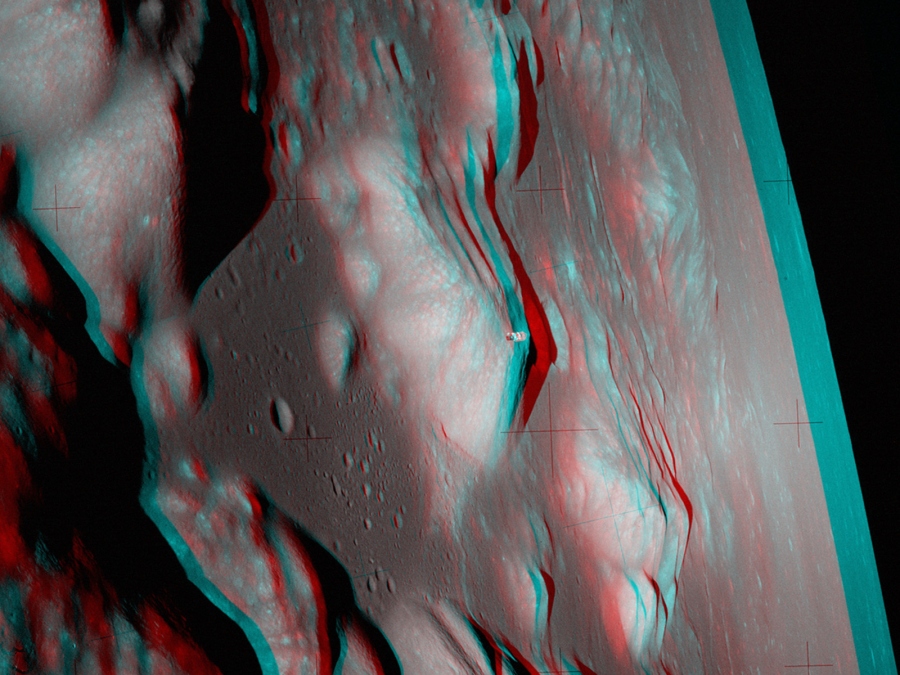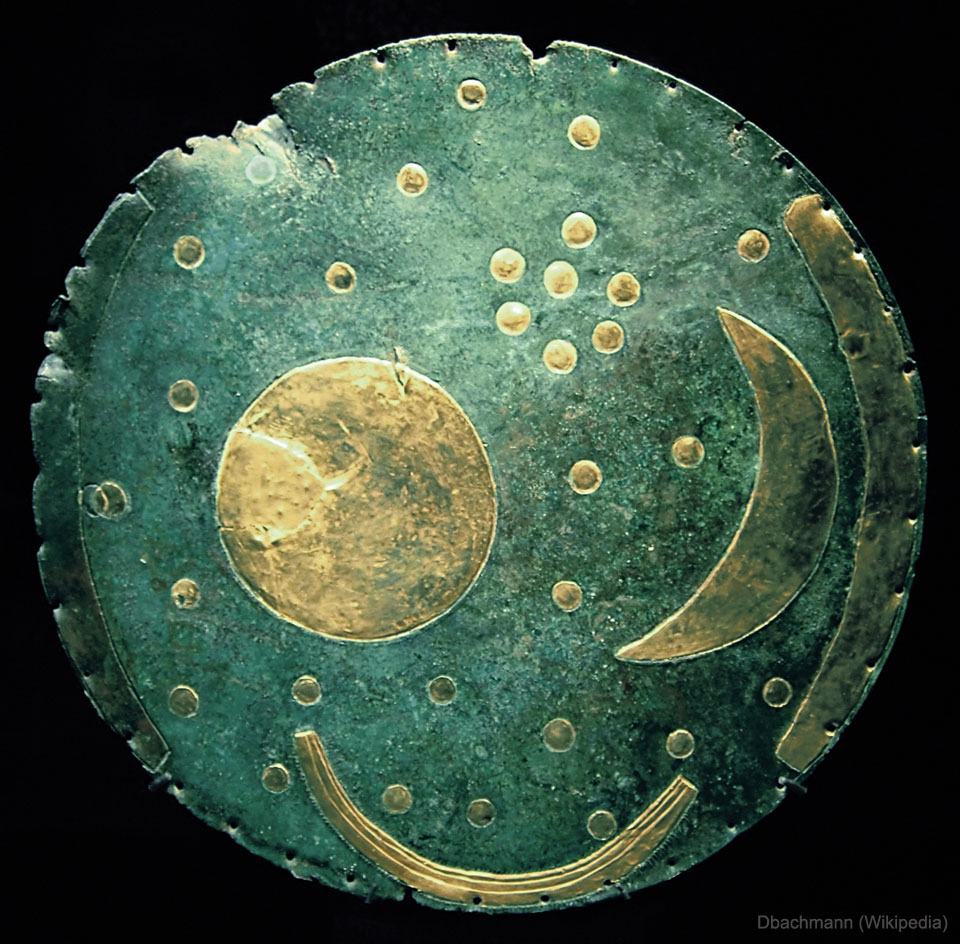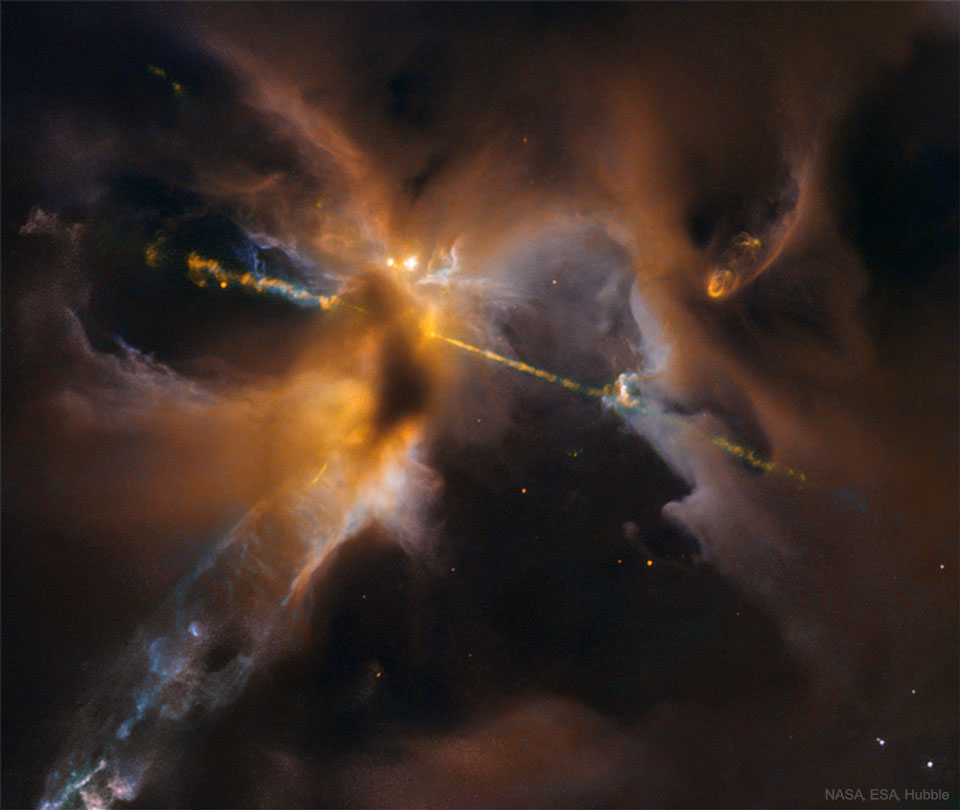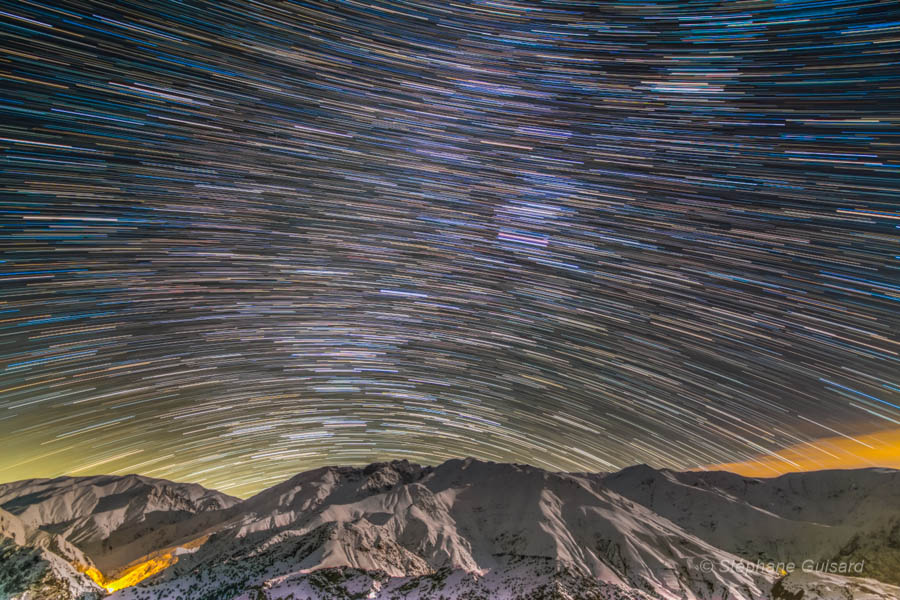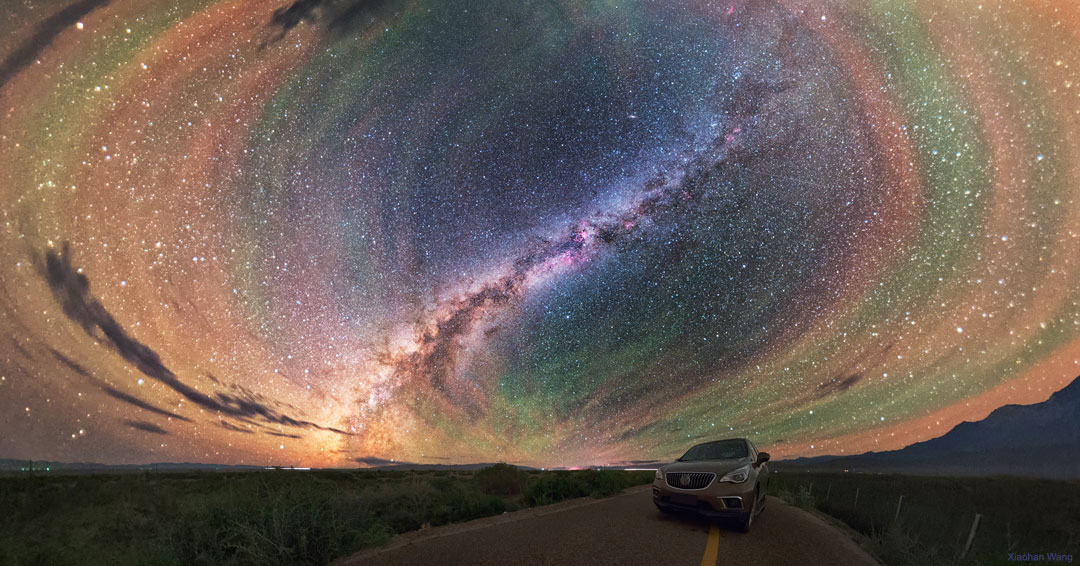| Title: NASA pics | |
| Grapevine50sRoost > ~GENERAL~ > GENERAL DISCUSSION | Go to subcategory: |
| Author | Content |
|
zxxlyzq
|
|
|
Date Posted:09/03/2018 12:10 PMCopy HTML Composition and Processing: Robert Gendler Image Data: ESO, VISTA, HLA, Hubble Heritage Team (STScI/AURA) Explanation: Combined image data from the massive, ground-based VISTA telescope and the Hubble Space Telescope was used to create this wide perspective of the interstellar landscape surrounding the famous Horsehead Nebula. Captured at near-infrared wavelengths, the region's dusty molecular cloud sprawls across the scene that covers an angle about two-thirds the size of the Full Moon on the sky. Left to right the frame spans just over 10 light-years at the Horsehead's estimated distance of 1,600 light-years. Also known as Barnard 33, the still recognizable Horsehead Nebula stands at the upper right, the near-infrared glow of a dusty pillar topped with newborn stars. Below and left, the bright reflection nebula NGC 2023 is itself the illuminated environs of a hot young star. Obscuring clouds below the base of the Horsehead and on the outskirts of NGC 2023 show the tell-tale far red emission of energetic jets, known as Herbig-Haro objects, also associated with newborn stars. |
|
|
Rockymz
|
Share to:





 #1771
#1771
|
|
Re:NASA pics Date Posted:27/04/2018 7:48 AMCopy HTML Image Credit and Copyright: ESA, Gaia, DPAC Explanation: This grand allsky view of our Milky Way and nearby galaxies is not a photograph. It's a map based on individual measurements for nearly 1.7 billion stars. The astronomically rich data set used to create it, the sky-scanning Gaia satellite's second data release, includes remarkably precise determinations of position, brightness, colour, and parallax distance for 1.3 billion stars. Of course, that's about 1 percent of the total number of stars in the Milky Way. Still, the flat plane of our galaxy dominates the view. Home to most Milky Way stars it stretches across the center of Gaia's stellar data map. Voids and rifts along the galactic plane correspond to starlight-obscuring interstellar dust clouds. At lower right are stars of the Large and Small Magellanic Clouds, neighboring galaxies that lie just beyond the Milky Way. |
|
|
Rockymz
|
Share to:





 #1772
#1772
|
|
Re:NASA pics Date Posted:26/04/2018 7:13 AMCopy HTML Image Credit: ESA, Rosetta, MPS, OSIRIS; UPD/LAM/IAA/SSO/INTA/UPM/DASP/IDA - GIF Animation: Jacint Roger Perez Explanation: You couldn't really be caught in this blizzard while standing by a cliff on Churyumov-Gerasimenko, also known as comet 67P. Orbiting the comet in June of 2016 the Rosetta spacecraft's narrow angle camera did record streaks of dust and ice particles though, as they drifted across the field of view near the camera and above the comet's surface. Still, some of the bright specks in the scene are likely due to a rain of energetic charged particles or cosmic rays hitting the camera, and the dense background of stars in the direction of the constellation Canis Major. Click on this single frame to play and the background stars are easy to spot as they trail from top to bottom in an animated gif (7.7MB). The 33 frames of the time compressed animation span about 25 minutes of real time. The stunning gif was constructed from consecutive images taken while Rosetta cruised some 13 kilometers from the comet's nucleus. |
|
|
Rockymz
|
Share to:





 #1773
#1773
|
|
Re:NASA pics Date Posted:25/04/2018 8:00 AMCopy HTML Image Credit: NASA, ESA, Hubble, OPAL Program, STScI; Processing: Karol Masztalerz Explanation: What will become of Jupiter's Great Red Spot? Gas giant Jupiter is the solar system's largest world with about 320 times the mass of planet Earth. Jupiter is home to one of the largest and longest lasting storm systems known, the Great Red Spot (GRS), visible to the left. The GRS is so large it could swallow Earth, although it has been shrinking. Comparison with historical notes indicate that the storm spans only about one third of the surface area it had 150 years ago. NASA's Outer Planets Atmospheres Legacy (OPAL) program has been monitoring the storm more recently using the Hubble Space Telescope. The featured Hubble OPAL image shows Jupiter as it appeared in 2016, processed in a way that makes red hues appear quite vibrant. Modern GRS data indicate that the storm continues to constrict its surface area, but is also becoming slightly taller, vertically. No one knows the future of the GRS, including the possibility that if the shrinking trend continues, the GRS might one day even do what smaller spots on Jupiter have done -- disappear completely. |
|
|
Rockymz
|
Share to:





 #1774
#1774
|
|
Re:NASA pics Date Posted:24/04/2018 7:40 AMCopy HTML Image Credit: NASA, JPL-Caltech, SwRI, MSSS; Processing: Rick Lundh Explanation: Brush strokes of Jupiter's signature atmospheric bands and vortices form this planetary post-impressionist work of art. The creative image uses actual data from the Juno spacecraft's JunoCam. To paint on the digital canvas, an image with light and dark tones was chosen for processing and an oil-painting software filter applied. The image data was captured during perijove 10, Juno's December 16, 2017 close encounter with the solar system's ruling gas giant. At the time the spacecraft was cruising about 13,000 kilometers above northern Jovian cloud tops. |
|
|
Rockymz
|
Share to:





 #1775
#1775
|
|
Re:NASA pics Date Posted:23/04/2018 1:19 PMCopy HTML Image Credit: WISE, IRSA, NASA; Processing & Copyright : Francesco Antonucci Explanation: The Blue Horsehead Nebula looks quite different in infrared light. In visible light, the reflecting dust of the nebula appears blue and shaped like a horse's head. In infrared light, however, a complex labyrinth of filaments, caverns, and cocoons of glowing dust and gas emerges, making it hard to even identify the equine icon. The featured image of the nebula was created in three infrared colors (R=22, G=12, B=4.6 microns) from data taken by NASA's orbiting Wide Field Infrared Survey Explorer (WISE) spacecraft. The nebula is cataloged as IC 4592 and spans about 40 light years, lying about 400 light years away toward the constellation Scorpius along the plane of our Milky Way Galaxy. IC 4592 is fainter but covers an angularly greater region than the better known Horsehead Nebula of Orion. The star that predominantly illuminates and heats the dust is Nu Scorpii, visible as the yellow star left of center. |
|
|
Rockymz
|
Share to:





 #1776
#1776
|
|
Re:NASA pics Date Posted:22/04/2018 7:50 AMCopy HTML |
|
|
Rockymz
|
Share to:





 #1777
#1777
|
|
Re:NASA pics Date Posted:21/04/2018 5:14 PMCopy HTML Image Credit & Copyright: John Kraus Explanation: NASA's Transiting Exoplanet Survey Satellite (TESS) began its search for planets orbiting other stars by leaving planet Earth on April 18. The exoplanet hunter rode to orbit on top of a Falcon 9 rocket. The Falcon 9 is so designated for its 9 Merlin first stage engines seen in this sound-activated camera close-up from Space Launch Complex 40 at Cape Canaveral Air Force Station. In the coming weeks, TESS will use a series of thruster burns to boost it into a high-Earth, highly elliptical orbit. A lunar gravity assist maneuver will allow it to reach a previously untried stable orbit with half the orbital period of the Moon and a maximum distance from Earth of about 373,000 kilometers (232,000 miles). From there, TESS will carry out a two year survey to search for planets around the brightest and closest stars in the sky. |
|
|
Rockymz
|
Share to:





 #1778
#1778
|
|
Re:NASA pics Date Posted:20/04/2018 7:08 AMCopy HTML |
|
|
Rockymz
|
Share to:





 #1779
#1779
|
|
Re:NASA pics Date Posted:19/04/2018 7:59 AMCopy HTML |
|
|
Rockymz
|
Share to:





 #1780
#1780
|
|
Re:NASA pics Date Posted:18/04/2018 7:46 AMCopy HTML |
|
|
Rockymz
|
Share to:





 #1781
#1781
|
|
Re:NASA pics Date Posted:17/04/2018 8:15 AMCopy HTML |
|
|
Rockymz
|
Share to:





 #1782
#1782
|
|
Re:NASA pics Date Posted:14/04/2018 6:53 PMCopy HTML Image Credit & Copyright: Mark Hanson; Annotation: Sakib Rasool (StarSurfin) Explanation: This tantalizing array of nebulas and stars can be found about two degrees south of the famous star-forming Orion Nebula. The region abounds with energetic young stars producing jets and outflows that push through the surrounding material at speeds of hundreds of kilometers per second. The interaction creates luminous shock waves known as Herbig-Haro (HH) objects. For example, the graceful, flowing arc just right of center is cataloged as HH 222, also called the Waterfall Nebula. Seen below the Waterfall, HH 401 has a distinctive cone shape. The bright bluish nebula below and left of center is NGC 1999, a dusty cloud reflecting light from an embedded variable star. The entire cosmic vista spans over 30 light-years, near the edge of the Orion Molecular Cloud Complex some 1,500 light-years distant. |
|
|
Rockymz
|
Share to:





 #1783
#1783
|
|
Re:NASA pics Date Posted:12/04/2018 9:01 AMCopy HTML |
|
|
Rockymz
|
Share to:





 #1784
#1784
|
|
Re:NASA pics Date Posted:22/03/2018 11:06 AMCopy HTML Image Credit: Gene Cernan, Apollo 17, NASA; Anaglyph by Patrick Vantuyne |
|
|
zxxlyzq
|
Share to:





 #1785
#1785
|
|
Re:NASA pics Date Posted:19/03/2018 11:08 AMCopy HTML Image Credit: Dbachmann, Wikipedia Explanation: It is considered the oldest known illustration of the night sky. But what, exactly, does it depict, and why was it made? The Nebra sky disk was found with a metal detector in 1999 by treasure hunters near Nebra, Germany, in the midst of several bronze-age weapons. The ancient artifact spans about 30 centimeters and has been associated with the Unetice culture that inhabited part of Europearound 1600 BC. Reconstructed, the dots are thought to represent stars, with the cluster representing the Pleiades, and the large circle and the crescent representing the Sun and Moon. The purpose of the disk remains unknown -- hypotheses including an astronomical clock, a work of art, and a religious symbol. Valued at about $11 million, some believe that the Nebra sky disk is only one of a pair, with the other disk still out there waiting to be discovered. |
|
|
zxxlyzq
|
Share to:





 #1786
#1786
|
|
Re:NASA pics Date Posted:18/03/2018 11:20 AMCopy HTML <iframe width="960" height="540" src="https://www.youtube.com/embed/sNUNB6CMnE8" frameborder="0" allow="autoplay; encrypted-media" allowfullscreen></iframe>
|
|
|
zxxlyzq
|
Share to:





 #1787
#1787
|
|
Re:NASA pics Date Posted:18/03/2018 11:14 AMCopy HTML |
|
|
zxxlyzq
|
Share to:





 #1788
#1788
|
|
Re:NASA pics Date Posted:11/03/2018 11:11 AMCopy HTML Image Credit: NASA, ESA, Hubble Heritage (STScI/AURA)/Hubble-Europe Collaboration; Acknowledgment: D. Padgett (NASA's GSFC), T. Megeath (U. Toledo), B. Reipurth (U. Hawaii) Explanation: This might look like a double-bladed lightsaber, but these two cosmic jets actually beam outward from a newborn star in a galaxy near you. Constructed from Hubble Space Telescope image data, the stunning scene spans about half a light-year across Herbig-Haro 24 (HH 24), some 1,300 light-years away in the stellar nurseries of the Orion B molecular cloud complex. Hidden from direct view,HH 24's central protostar is surrounded by cold dust and gas flattened into a rotating accretion disk. As material from the disk falls toward the young stellar object it heats up. Opposing jets are blasted outalong the system's rotation axis. Cutting through the region's interstellar matter, the narrow, energetic jets produce a series of glowing shock fronts along their path. |
|
|
Rockymz
|
Share to:





 #1789
#1789
|
|
Re:NASA pics Date Posted:10/03/2018 4:50 PMCopy HTML Image Credit & Copyright: Stéphane Guisard (Los Cielos de America, TWAN) Explanation: Colourful star trails arc through the night in this wide-angle mountain and skyscape. From a rotating planet, the digitally added consecutive exposures were made with a camera fixed to a tripod and looking south, over northern Iran's Alborz Mountain range. The stars trace concentric arcs around the planet's south celestial pole, below the scene's rugged horizon. Combined, the many short exposures also bring out the pretty star colours. Bluish trails are from stars hotter than our Sun, while yellowish trails are from cooler stars. Near the center, the remarkably pinkish trail was traced by the star-forming Orion Nebula. |
|
|
zxxlyzq
|
Share to:





 #1790
#1790
|
|
Re:NASA pics Date Posted:10/03/2018 3:22 PMCopy HTML Glad you like them if you want to see more go to https://apod.nasa.gov/apod/archivepix.html and you can look through 25 years of pics. I will be posting one that grab me here so if you don't see one for a day or so you can go to the site and see them.
|
|
|
Rockymz
|
Share to:





 #1791
#1791
|
|
Re:NASA pics Date Posted:10/03/2018 11:11 AMCopy HTML Image Credit & Copyright: Xiaohan Wang Explanation: Why would the sky glow like a giant repeating rainbow? Airglow. Now air glows all of the time, but it is usually hard to see. A disturbance however -- like an approaching storm -- may cause noticeable rippling in the Earth's atmosphere. These gravity waves are oscillations in air analogous to those created when a rock is thrown in calm water. Red airglow likely originates from OH molecules about 87-kilometers high, excited by ultraviolet light from the Sun, while orange and green airglow is likely caused by sodium and oxygen atoms slightly higher up. While driving near Keluke Lake in Qinghai Provence in China, the photographer originally noticed mainly the impressive central band of the Milky Way Galaxy. Stopping to photograph it, surprisingly, the resulting sensitive camera image showed airglow bands to be quite prominent and span the entire sky. The featured image has been digitally enhanced to make the colors more vibran |
|
|
claremorgan66
|
Share to:





 #1792
#1792
|
|
Re:NASA pics Date Posted:10/03/2018 5:57 AMCopy HTML Stunning photo Chris, thanks for sharing
|
|
|
Rockymz
|
Share to:





 #1793
#1793
|
|
Re:NASA pics Date Posted:09/03/2018 7:14 PMCopy HTML Wow fascinating Chris thank you for posting this |





